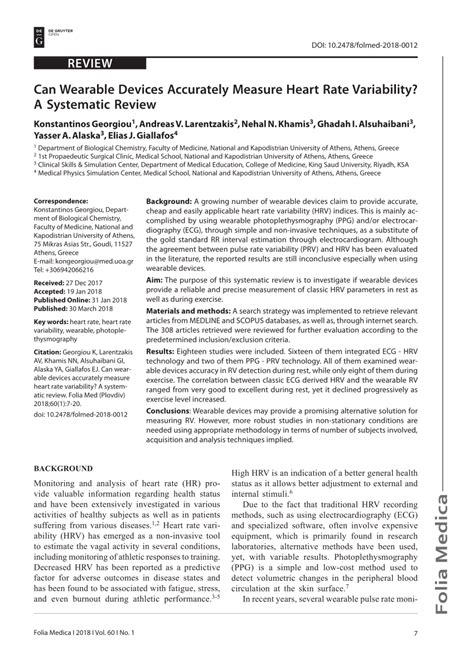Beyond sleep: What advanced recovery tactics boost peak performance & muscle growth?

In the relentless pursuit of peak physical performance and accelerated muscle growth, athletes and fitness enthusiasts often focus intensely on training protocols and nutrition plans. While these pillars are undoubtedly crucial, an often-underestimated, yet equally vital, component is recovery. Beyond the fundamental importance of adequate sleep, a new frontier of advanced recovery tactics is emerging, offering sophisticated strategies to optimize physiological restoration, reduce fatigue, and unlock superior adaptations.
Why Basic Sleep Isn’t Enough for Elite Recovery
While 7-9 hours of quality sleep is non-negotiable for anyone serious about fitness, elite performance demands more. High-intensity training, heavy lifting, and competitive demands place immense stress on the central nervous system (CNS), musculoskeletal system, and metabolic pathways. This stress generates inflammation, depletes glycogen stores, and creates micro-tears in muscle fibers. Simply sleeping often isn’t enough to fully counteract these catabolic processes and prime the body for optimal anabolism and subsequent high-level performance. Advanced recovery techniques aim to actively facilitate these restorative processes, moving beyond passive rest to proactive regeneration.

Advanced Nutritional & Supplementation Strategies
Nutrition forms the bedrock of recovery, but specific, advanced approaches can amplify its effects:
- Targeted Supplementation: Beyond protein and creatine, consider adaptogens like Ashwagandha for stress reduction, NMN or NAD+ precursors for cellular energy, or specific anti-inflammatory compounds like Curcumin or Omega-3s. Magnesium glycinate can aid sleep quality and muscle relaxation.
- Peri-Workout Nutrition Optimization: Strategic timing of carbohydrates, essential amino acids (EAAs), and electrolytes around training can significantly impact glycogen replenishment, protein synthesis, and hydration status, minimizing muscle breakdown.
- Hydration with Purpose: It’s not just about water intake. Electrolyte balance (sodium, potassium, magnesium, calcium) is critical for nerve function, muscle contraction, and fluid regulation, especially during intense training or in hot environments. Mineral-rich waters can also contribute.
Therapeutic Modalities for Rapid Regeneration
Harnessing physical therapies can dramatically accelerate recovery by influencing circulation, inflammation, and cellular repair:
- Cold Therapy: Techniques like whole-body cryotherapy or ice baths reduce inflammation, numb pain receptors, and can provide a “shock” to the system that promotes circulation upon rewarming. This acute stress can activate beneficial adaptogenic pathways.
- Heat Therapy: Infrared saunas and traditional saunas promote detoxification through sweating, improve circulation, reduce muscle soreness, and can enhance heat shock protein expression, which aids in cellular repair and stress resilience.
- Compression Therapy: Pneumatic compression boots (e.g., Normatec) use sequential compression to massage limbs, improve lymphatic drainage, reduce swelling, and accelerate the removal of metabolic waste products, leading to fresher legs and reduced DOMS.
- Soft Tissue Work: While foam rolling and massage guns are popular, professional deep tissue massage, active release techniques (ART), or dry needling can address specific adhesions, trigger points, and myofascial restrictions that hinder recovery and movement.

Biofeedback & Physiological Monitoring
Leveraging technology to understand your body’s recovery state allows for data-driven adjustments:
- Heart Rate Variability (HRV) Tracking: HRV measures the variation in time between heartbeats and is a powerful indicator of autonomic nervous system balance. A higher HRV generally indicates a well-recovered state, while a lower HRV can signal stress, fatigue, or overtraining, prompting a need for more recovery.
- Advanced Sleep Tracking: Beyond duration, devices that track sleep stages (REM, deep sleep), awakenings, and sleep consistency offer insights into sleep quality, allowing for interventions to optimize restorative sleep.
- Blood Biomarkers: Regular blood tests can reveal crucial information about inflammation (e.g., CRP), hormone levels (testosterone, cortisol), nutrient deficiencies (Vitamin D, ferritin), and markers of muscle damage (creatine kinase), guiding personalized recovery strategies.

Neurological & Mindset Recovery
The brain plays a crucial role in recovery. Mental and neurological fatigue can be as debilitating as physical exhaustion:
- Meditation & Mindfulness: Daily practice can lower cortisol, improve stress resilience, enhance sleep quality, and foster mental clarity, directly impacting the body’s ability to recover.
- Light Exposure Management: Optimizing light exposure—getting bright light in the morning and minimizing blue light exposure in the evening—can profoundly regulate circadian rhythms, leading to better sleep and hormone balance. Blue light blocking glasses or apps can be beneficial.
- Sensory Deprivation/Float Tanks: Reducing external stimuli allows the brain and body to enter a deep state of relaxation, facilitating mental recovery, reducing stress hormones, and improving sleep.

Integrating an Advanced Recovery Protocol
The key to successful advanced recovery lies in personalization and consistency. Not every tactic will be necessary or beneficial for everyone. Start by identifying your biggest recovery bottlenecks (e.g., poor sleep, chronic soreness, high stress). Experiment with one or two new strategies, monitor their effects, and integrate what works best into your routine. Listen to your body, utilize objective data from monitoring tools, and remember that recovery is an ongoing, dynamic process.

Conclusion
Moving beyond the conventional wisdom of “just sleep more,” advanced recovery tactics offer a sophisticated toolkit for anyone serious about unlocking their full potential. By proactively addressing physiological stressors, enhancing cellular repair, and optimizing neurological restoration, these strategies not only boost peak performance and accelerate muscle growth but also contribute to long-term health, resilience, and overall well-being. Embrace the science of recovery, and transform your fitness journey from simply training hard to truly thriving.









